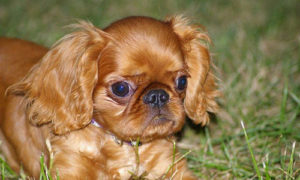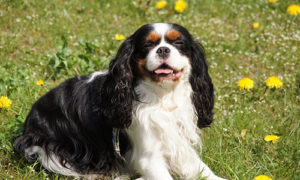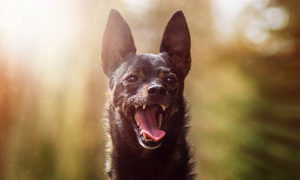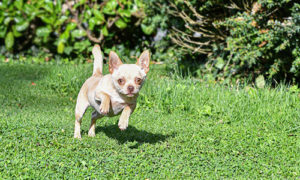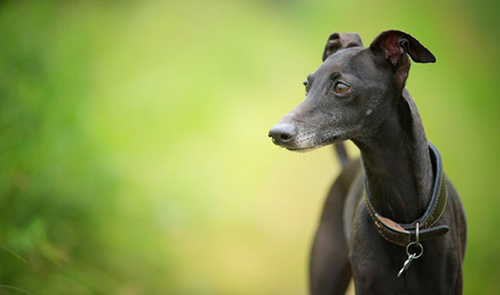
References to miniature sighthounds date back over 2000 years. Historians debate whether the Italian Greyhound was bred initially as a companion or a hunting dog. However, by the 1600s, the breed was seen throughout Europe and became popular in Italy, hence its name.
Italian Greyhounds were prized pets of nobility. For instance, they were the favorite pets of European royals such as Frederik the Great, Catherine the Great, and Queen Victoria. Also, Peter the Great carried his beloved Italian Greyhound Lisette into battle, hidden inside his coat.
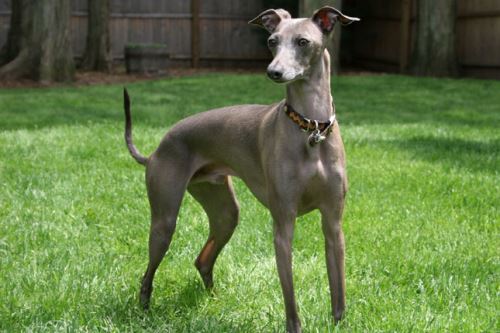
Although much smaller, the Italian Greyhound is similar in proportion and outline to a lighter, more elegant Greyhound. It has a long, graceful neck; a deep, narrow chest; long, fine-boned legs; and long, oval-shaped hare feet. The long, slender tail is situated low.
The head is elongated with a flat skull, a long, tapered muzzle, and a dark nose. The eyes are dark and bright, and the ears are small and fine-textured, either folded back or carried at right angles to the head when the dog is alert.
Italian Greyhound Breed Facts
WEIGHT: 7-14 pounds
HEIGHT: 13-15 inches
POPULARITY: Somewhat popular
FAMILY: Sighthound
AREA OF ORIGIN: Italy
DATE OF ORIGIN: Ancient times
ORIGINAL FUNCTION: Lapdog
TODAY’S FUNCTION: Lure coursing
OTHER NAME: Piccolo Levrieve Italiani
Italian Greyhound Temperament
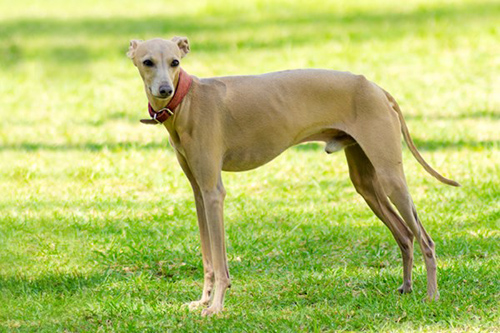
Regardless of its slight size, the Italian Greyhound is a true sighthound. These dogs cohabitate well with other dogs and bond firmly with their owners. However, they can be aloof with strangers. They have a well-developed prey drive and will chase small animals. They do not always care to prioritize training, but a positive, patient approach will get results.
IGs do well in obedience and agility. Housetraining can be a challenge because this is a comfort-loving breed that may be reluctant to go outside in cold or wet weather. Loyal, gentle, and affectionate. They love nothing more than curling up with their owner. The breed is an excellent choice for urban dog lovers.
Grooming
We recommend regular care of the teeth and nails as well as occasional brushing.
Coat: Short, elegant, and satiny
Color: Any color except brindle or black and tan
Activity Level: Italian Greyhounds are sighthounds and love to run, but they also are adaptable companions. Daily walks and interactive play will satisfy their exercise needs.
Breed Health
MAIN CONCERNS: periodontal issues
SLIGHT CONCERNS: leg breaks, PRA, patellar luxation, epilepsy; OCCASIONALLY SEEN: cataract, Legg-Perthes, color dilution alopecia, hypothyroidism, portacaval shunt
SUGGESTED TESTS: knee, eye, hip, thyroid
LIFE SPAN: 12-15 years;
NOTE: The Italian Greyhound is prone to minor leg and tail fractures. It shares the sighthound sensitivity to barbiturate anesthesia.
Italian Greyhound buyers’ Guide
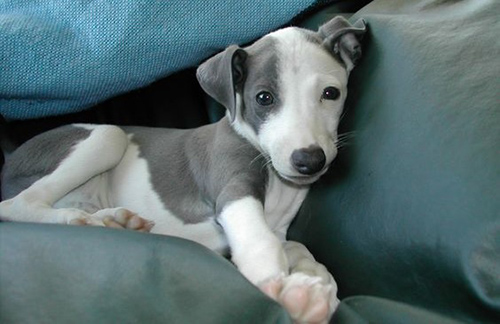
Contact a responsible breeder who researches pedigrees, screens their dogs for health problems, and works to match potential owners with suitable puppies. Visit breeders to see their dogs, and get a health guarantee from them when purchasing a puppy.
Regional clubs: Five US regional clubs are on the parent club’s website under “Resources.”
Rescue: Italian Greyhound Club of America Rescue information is available on the club’s website under “IGCA Rescue.”
AKC recognition: 1886


